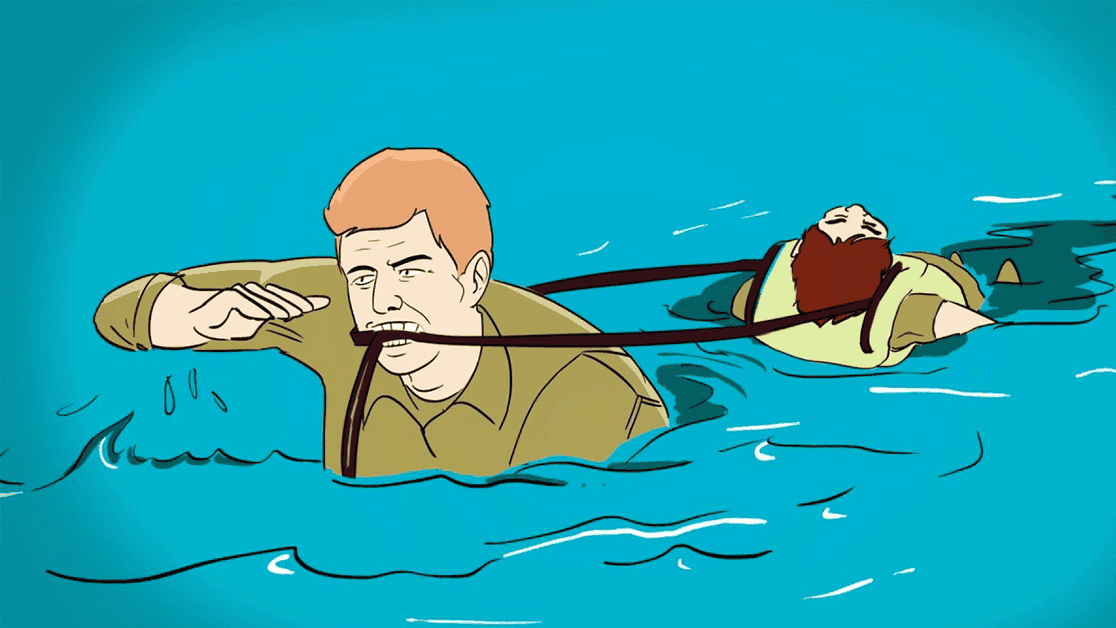The real story behind John F. Kennedy’s Purple Heart

SUMMARY
John F. Kennedy was born into privilege, graduated from Harvard, and did not have to fight in World War II, but he did — he insisted. Ironically, Kennedy was not allowed to serve in the military on his first attempt. He was disqualified from entering the Army's Officer Candidate School in 1940 because of a severe back injury. Historian and Kennedy biographer, Robert Dallek suggests his vertebrae started degenerating while treating his intestinal problems with steroids in the late 1930s, according to the New York Times.
Thanks to his father's political influence as the U.S. Ambassador to Great Britain and the help of his friend, Captain Alan Kirk, the Director of Naval Intelligence, Kennedy got his foot in the door despite his back problems. He was commissioned as an ensign on October 26, 1941, and assigned to the Office of Naval Intelligence in Washington D.C.
Not satisfied with simply serving, Kennedy made his way to the Naval Reserve Officers Training School at Northwestern University in Chicago, Il. After completing his training on September 27, 1942, he entered the Motor Torpedo Boat Squadron Training Center in Melville, Rhode Island and promoted to lieutenant (junior grade) on October 10, 1942. On December 2, he received orders to his first command aboard PT-101 with Motor Torpedo Boat Squadron Four in Panama.
His stint in Panama was short lived, in February 1943, he was transferred to the Island of Tulagi in the Solomons as a replacement officer to Motor Torpedo Boat Squadron Two. By April 1943 he was the commanding officer of PT-109, the boat that distinguished his Naval career and arguably his path to the White House.
After the sinking of PT-109 by a Japanese destroyer, he gathered the remaining survivors of his crew to vote on whether to fight or surrender. It was there that he famously said, "there's nothing in the book about a situation like this. A lot of you men have families, and some of you have children. What do you want to do? I have nothing to lose."
This American Heroes Channel video profiles John F. Kennedy's actions that earned him the Purple Heart along with the Navy and Marine Corps Medal.

American Heroes Channel, YouTube
SHARE
